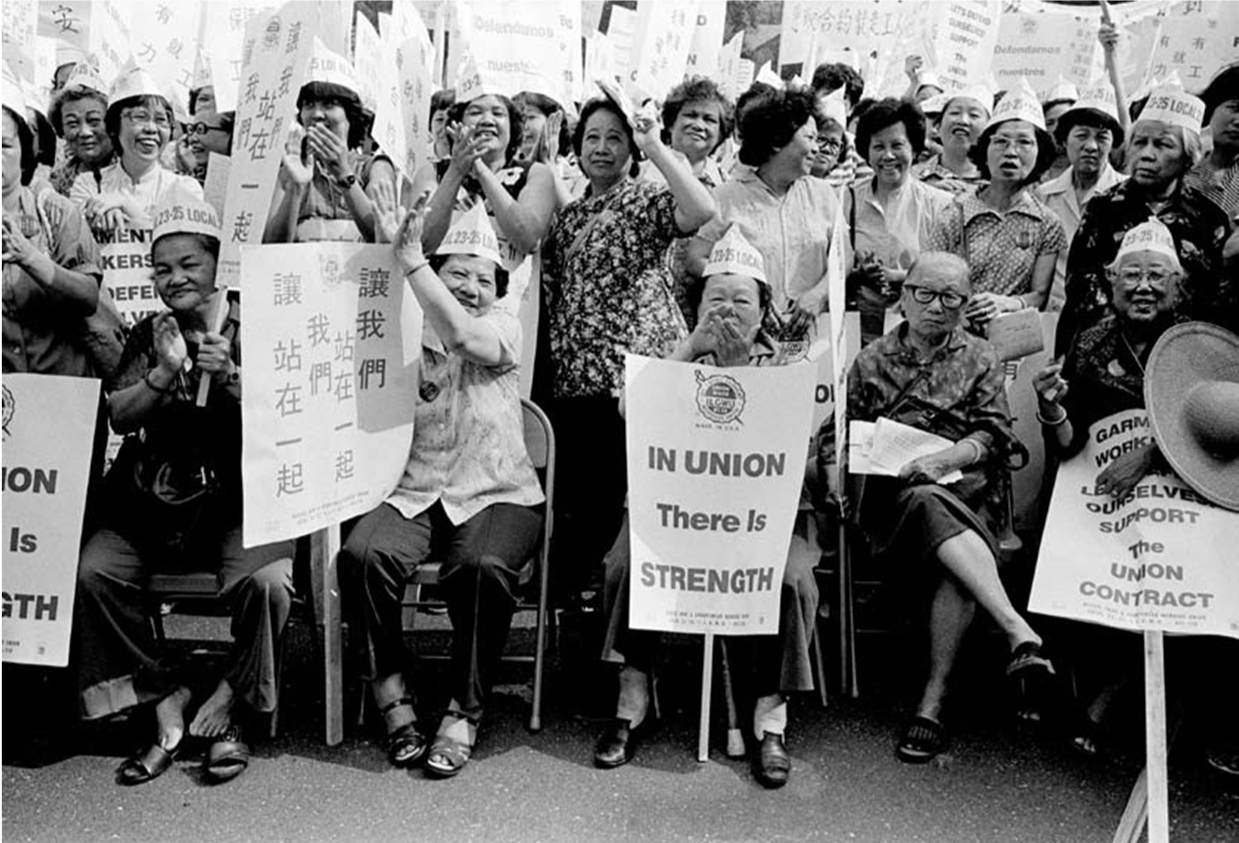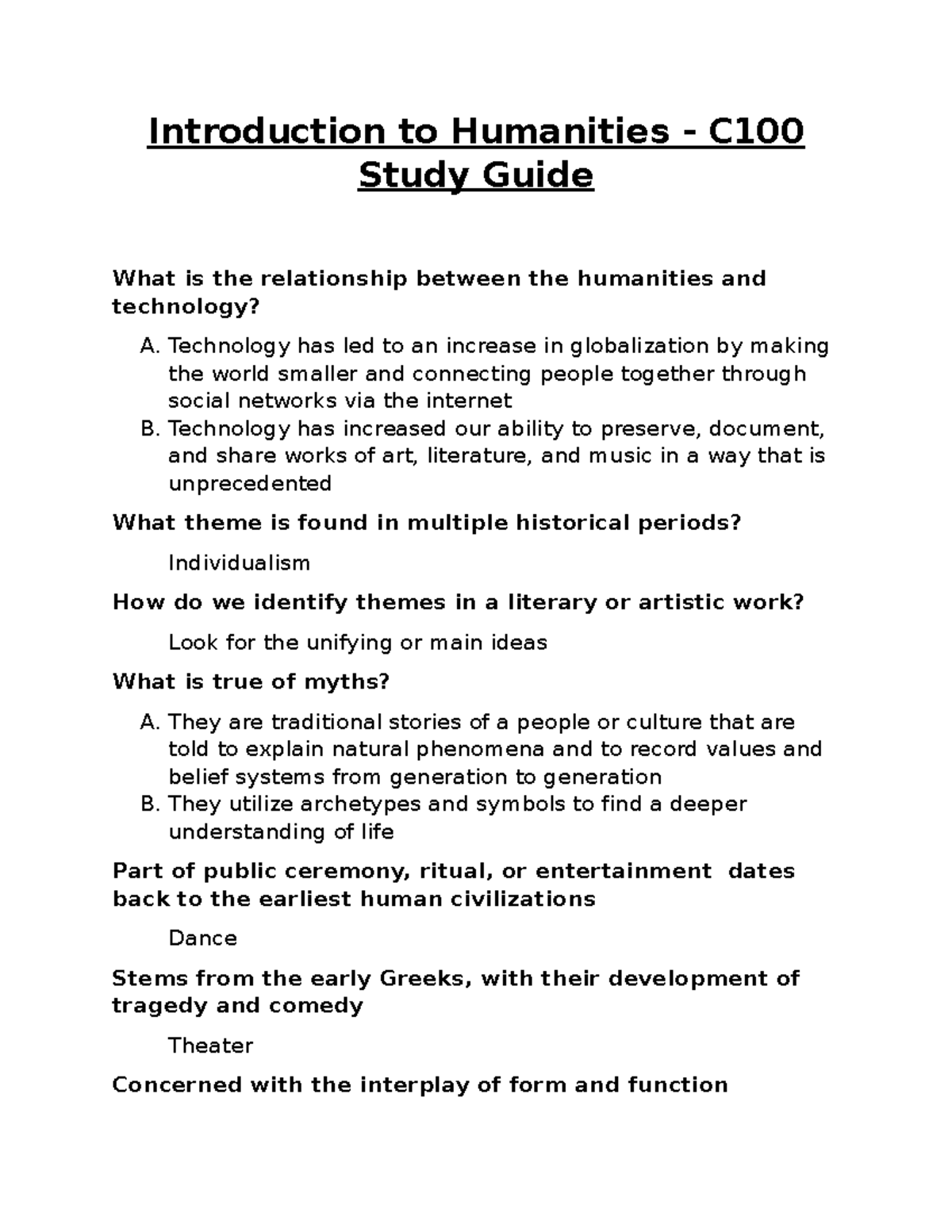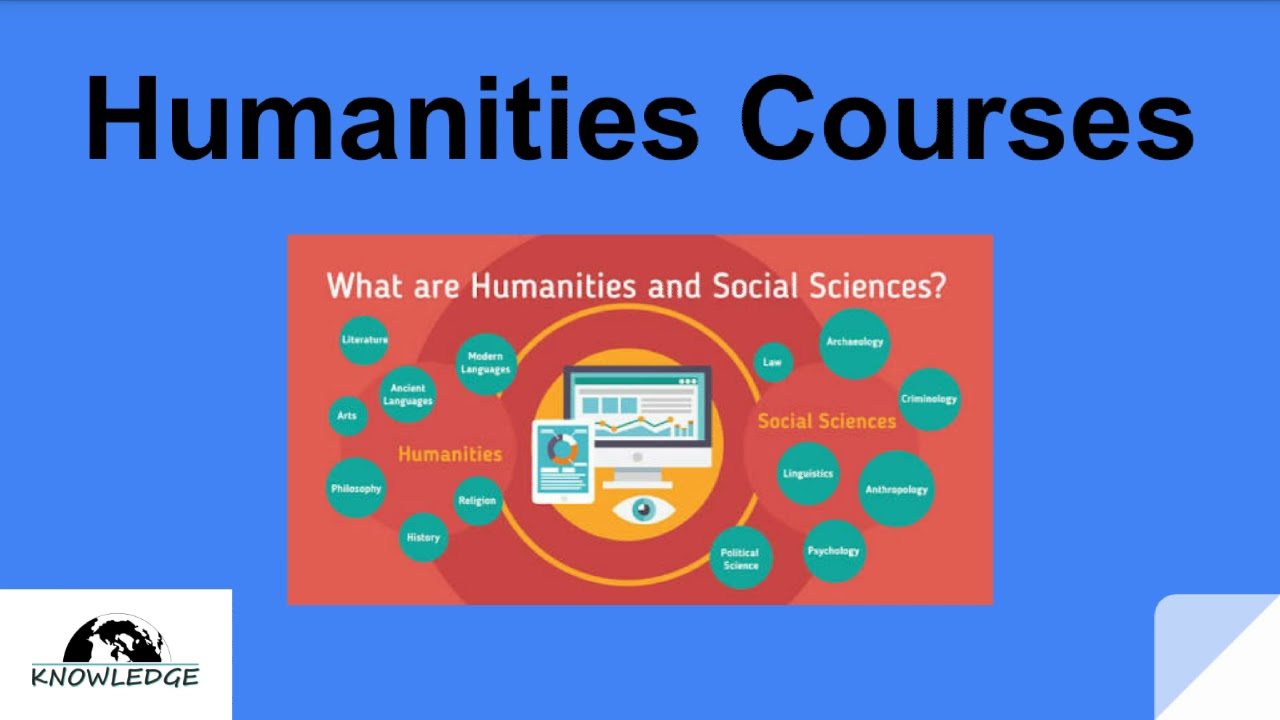Asian American women’s history is a rich yet often overlooked tapestry that weaves together diverse narratives and experiences. The recent Schlesinger Library exhibition, “Illuminate: Contextualizing Asian American Women’s Stories Through the Archives,” sheds light on this vital aspect by showcasing the lives of Ainu and Visayan women presented as “living exhibits” at the 1904 St. Louis World’s Fair. Through the lens of pioneering figures like Jessie Tarbox Beals, one of the first female photojournalists, these stories gain the recognition they deserve, connecting past experiences to contemporary Asian American culture. As we engage with these narratives, we uncover the complex layers of identity, resilience, and the contributions of Asian American women to broader cultural histories. This exhibition not only honors their legacy but also invites us to reflect on the importance of representation and acknowledgment in the ongoing discourse surrounding Asian American women’s history.
The history of women from Asian backgrounds is often interlaced with numerous social and cultural dimensions that deserve to be acknowledged. Recent exhibitions, such as the one at the Schlesinger Library, aim to unearth the multifaceted experiences of these women throughout history and their significant contributions to society. By presenting the stories of diverse groups, including the Ainu and Visayan women, the exhibition fosters a deeper understanding of their roles in the larger narrative of Asian heritage. Engaging with alternative cultural backgrounds allows us to appreciate the vast array of influences that shape our collective history, making it essential to discuss the achievements and struggles faced by women from these communities. Examining these histories through various lenses enriches our understanding of Asian American women’s roles and legacies.
Unveiling the Complex History of Asian American Women
Asian American women’s history is often overshadowed by more prominent narratives within American history. Yet, the contributions and experiences of Asian women have shaped cultural, social, and political landscapes throughout the United States. Recent initiatives, such as those featured in the Schlesinger Library exhibition, aim to illuminate these often-neglected stories that are crucial to understanding the broader scope of American heritage. By revisiting artifacts and photographs from the past, such as those belonging to pioneering photojournalist Jessie Tarbox Beals, the exhibition brings forward the narratives of women who have been voiceless in mainstream history.
Despite cultural barriers, Asian American women have consistently made strides in various fields, including arts, education, and healthcare. This exhibition highlights individuals and groups, like the Denison House Chinese girls basketball team, who challenged stereotypes and societal limitations. Through collaborative efforts between students and archivists, their histories are being documented and celebrated, promoting a deeper recognition of the critical roles these women have played throughout U.S. history.
The Role of Living Exhibits in Cultural Representation
The concept of ‘living exhibits’ at the 1904 St. Louis World’s Fair was particularly controversial, as Ainu and Visayan women were presented as curiosities rather than individuals with rich cultures and histories. These portrayals contributed to a commodification of their identities, reducing complex narratives into mere spectacles for public viewing. The Schlesinger Library highlights these dynamics, revealing the troubling aspects of cultural exhibitions while simultaneously showcasing the resilience and richness of Asian American cultures.
Jessie Tarbox Beals’ documentation of these women not only captures their images but also serves as a reminder of the necessity for respectful representation in the arts and cultural dialogue. Her work is pivotal in understanding how historical narratives can be shaped and reshaped over time. By illustrating the struggles and triumphs of Ainu and Visayan women, the exhibition encourages viewers to critically assess the impact of cultural portrayals and the ongoing dialogue about identity and representation in contemporary society.
Celebrating the Contributions of Asian American Women in Sports
The history of Asian American women in sports often remains untold, yet it is replete with inspiring stories of determination and success. The Denison House Chinese girls basketball team from 1931 symbolizes not only athletic achievement but also a breaking away from societal expectations. Their participation in sports provided a platform for these young women to assert their identity and challenge stereotypes attached to their communities.
Through exhibitions like the one at the Schlesinger Library, we are reminded of the barriers that Asian American women faced, particularly in domains like athletics that were traditionally dominated by men. By showcasing these athletes, we can appreciate their stories and how they helped pave the way for future generations of Asian American women in sports, fostering a culture of empowerment and resilience that continues to inspire today.
Spotlighting Ainu and Visayan Women: Cultural Heritage and History
The Ainu and Visayan women featured in the Schlesinger Library exhibition represent a rich cultural heritage that often remains obscured in broader historical narratives. Their identities and contributions are vital in understanding the intricate tapestry of Asian American culture. By putting their stories into context, the exhibition allows for a deeper appreciation of their unique backgrounds and experiences.
Highlighting these women not only sheds light on their individual histories but also emphasizes the broader significance of cultural representation. It challenges audiences to recognize the vital roles these women played in maintaining and sharing their cultural identities. The preservation and appreciation of diverse heritages are key to fostering unity and understanding within the rapidly changing landscape of American society.
The Impact of Jessie Tarbox Beals’ Work on Asian American Narratives
Jessie Tarbox Beals’ contributions as one of the first female photojournalists in America cannot be overstated, particularly in how she has shaped the narrative of Asian American women’s experiences. Her photographic archives serve as a critical resource for historians and scholars, providing insight into the lives of women who were often marginalized in society. Beals’ lens captured pivotal moments that reflect the complexities of identity, culture, and social change.
As her work is revisited in contemporary exhibitions, it becomes clear that Beals not only documented history but also influenced the perceptions of Asian American women in the public eye. Her photographs challenge viewers to engage with the realities faced by these women, encouraging a more nuanced understanding of their stories and the larger socio-cultural issues they navigated.
Raising Awareness Through Archives: The Power of Storytelling
The Schlesinger Library’s concerted effort to unveil historical narratives through archives exemplifies the power of storytelling in preserving cultural identities. Archival materials not only protect history but also serve as conduits for raising awareness about the experiences of Asian American women. By engaging with these archives, viewers can connect on a personal level with the stories behind the photographs and artifacts.
Storytelling is an integral aspect of healing and empowerment, enabling communities to reclaim their narratives and challenge historical misrepresentations. The exhibition illustrates how the collective effort of students, archivists, and historians can foster a renewed appreciation for cultural heritage and encourage conversations about inclusion and diversity, which are critical for societal growth.
Understanding the Challenges Faced by Asian American Communities
Asian American communities have historically faced various challenges, including marginalization and discrimination. The stories highlighted in the Schlesinger Library exhibition expose these struggles while simultaneously celebrating resilience. By examining the intersection of race, gender, and social status, viewers gain insight into the multifaceted nature of Asian American history and the ongoing battles for recognition and equality.
Moreover, events like the 1904 St. Louis World’s Fair provide context for understanding how societal attitudes have evolved over time. By analyzing these historical moments, audiences can recognize the lasting impact of such representations on contemporary perceptions of Asian Americans. This understanding is crucial as we continue to address systemic racism and work towards an inclusive society.
The Importance of Cultural Exhibitions in Education
Cultural exhibitions play a significant role in educational settings, offering unique opportunities for learning and engagement. The Schlesinger Library’s showcase of Asian American women’s history highlights the importance of immersive experiences that challenge students to think critically about cultural narratives. Through hands-on interactions with artifacts, students can better appreciate the histories that shape their communities and identities.
Moreover, such exhibitions foster empathy and understanding among diverse audiences, encouraging dialogue about the experiences of Asian American women. As education evolves, integrating cultural histories into curriculum can cultivate informed citizens who value diversity and inclusivity, thus equipping future generations to navigate and contribute positively to a multicultural society.
Empowering Asian American Women Through Public History Initiatives
Public history initiatives, such as the exhibition at the Schlesinger Library, serve as powerful tools for empowerment by making history accessible and inclusive. By spotlighting the contributions of Asian American women, these initiatives encourage communities to reclaim their narratives and celebrate their histories. This empowerment is essential for fostering pride and resilience within Asian American communities.
In addition, public history initiatives can help bridge generational gaps within communities. As descendants learn about their heritage through exhibitions, they cultivate a stronger sense of identity and belonging. This ongoing connection to history can motivate younger generations to engage actively in cultural preservation and advocacy, ensuring that the stories of Asian American women are honored and remembered.
Frequently Asked Questions
What is the significance of the Schlesinger Library exhibition in highlighting Asian American women’s history?
The Schlesinger Library exhibition, “Illuminate: Contextualizing Asian American Women’s Stories Through the Archives,” plays a crucial role in showcasing the often-overlooked narratives of Asian American women. By featuring artifacts such as photographs of Ainu and Visayan women from the 1904 St. Louis World’s Fair, it sheds light on the lived experiences and contributions of these women to Asian American culture, helping to contextualize their stories within broader American history.
Who were Jessie Tarbox Beals and her connection to Asian American women’s history?
Jessie Tarbox Beals was one of America’s first female photojournalists, known for her pioneering work in documenting various cultural narratives, including those of Asian American women. Her archives include photographs of Ainu and Visayan women presented as ‘living exhibits’ at the St. Louis World’s Fair, which have become significant artifacts for understanding Asian American women’s history and their portrayal in media.
What role did Ainu and Visayan women play in Asian American history?
Ainu and Visayan women exemplify the complex narratives within Asian American history. Their participation as ‘living exhibits’ at events like the St. Louis World’s Fair highlights issues of representation, objectification, and the international perception of Asian American culture during the early 20th century. This aspect of their history is crucial for understanding the cultural legacies of Asian American women.
How does the Schlesinger Library’s exhibition support research on living exhibits in Asian American women’s history?
The Schlesinger Library’s exhibition supports research on living exhibits by providing a platform for scholars and students to engage with primary sources and archival materials that document the experiences of Ainu and Visayan women. This initiative enriches the narrative of Asian American women’s history and encourages critical discourse around the implications of presenting individuals as exhibits.
What can we learn about Asian American culture from the stories of women highlighted in the Schlesinger exhibition?
The stories of women highlighted in the Schlesinger exhibition reveal the contributions of Asian American women to the cultural fabric of the United States. By exploring their experiences, the exhibition presents a nuanced understanding of Asian American culture, challenging stereotypes and elevating women’s voices that have been historically marginalized.
Why is it important to revisit the narratives of Asian American women in history?
Revisiting the narratives of Asian American women is essential for a comprehensive understanding of American history. These narratives provide insight into the diverse experiences of women who have often been sidelined in historical discourse. Engaging with their stories promotes inclusivity and enriches our understanding of social dynamics and cultural contributions within Asian American history.
| Key Points |
|---|
| The Schlesinger Library is hosting an exhibition that highlights overlooked aspects of Asian American women’s history. |
| The exhibition includes photographs of Ainu and Visayan women, who were presented as ‘living exhibits’ at the 1904 St. Louis World’s Fair. |
| These women were documented by Jessie Tarbox Beals, an early female photojournalist, despite their histories being largely forgotten. |
| The exhibition, titled ‘Illuminate,’ aims to bring attention to the narratives of Asian American women through historical archives. |
Summary
Asian American women’s history has long been overshadowed by dominant narratives, yet recent efforts such as the Schlesinger Library’s exhibition are crucial in shedding light on these important yet overlooked stories. By bringing together artifacts like photographs and personal narratives, scholars and archivists are illuminating the lives and contributions of Asian American women from the past, helping to preserve their legacies and ensuring they are recognized in the broader context of American history. This endeavor not only honors the past but also inspires future generations to honor the rich tapestry of Asian American women’s experiences.




